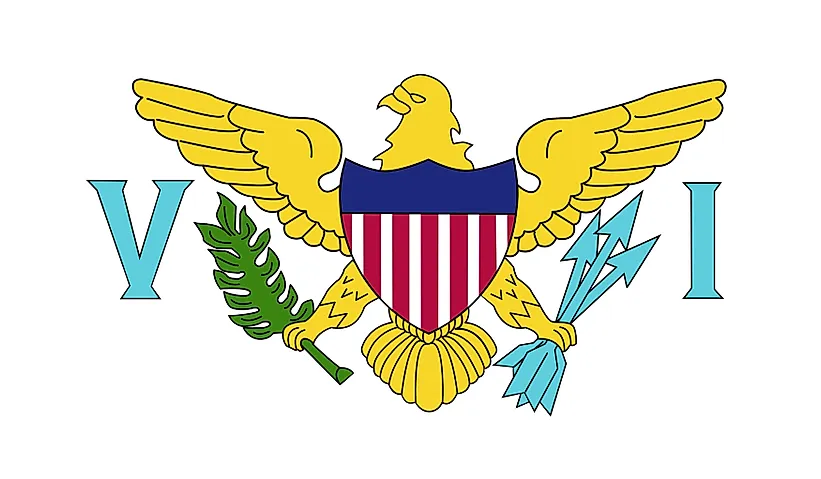
U.S. Virgin Islands
| Continent | Americas |
| Capital | Charlotte Amalie |
| Population | 102,951 |
| GDP | $3.79 Billion |
| GDP per Capita | $36,100 |
| Dialing Code | +1-340 |
| ISO Code (2-letter) | VI |
| ISO Code (3-letter) | VIR |
U.S. Virgin Islands Landscapes






About U.S. Virgin Islands
Welcome to the U.S. Virgin Islands, an unincorporated territory of the United States in the Caribbean. With approximately 87,000 people across 346 square kilometers, these islands combine tropical beauty with American influence, creating a unique Caribbean experience.
Geographic Features and Natural Beauty
The territory comprises three main islands – St. Croix, St. John, and St. Thomas – along with numerous smaller islands and cays. Each island features distinctive landscapes including mountains, beaches, and tropical forests.
Natural attractions include Virgin Islands National Park, covering much of St. John, Buck Island Reef National Monument off St. Croix, and numerous pristine beaches. The islands’ location provides exceptional marine biodiversity and coral reef systems.
Protected areas emphasize conservation of both terrestrial and marine ecosystems. The territory’s commitment to environmental protection supports sustainable tourism and biodiversity preservation.
Cultural Heritage and Traditions
Virgin Islands culture represents a fusion of African, European, and Caribbean influences. The territory’s heritage includes traditional music like quelbe, carnival celebrations, and rich maritime traditions.
Traditional arts feature basket weaving, shell craft, and musical instruments. Cultural practices emphasize community festivals, local folklore, and the preservation of historical sites.
Local cuisine combines Caribbean flavors with American influences, featuring fresh seafood, tropical fruits, and traditional dishes like fungi (cornmeal dumplings). The islands maintain strong connections to their diverse cultural roots.
Historical Journey
The islands’ history spans from indigenous Arawak and Carib settlements through various colonial periods. Danish colonization significantly influenced the territory’s development before its purchase by the United States in 1917.
Significant periods include early European settlement, Danish West Indies era, and transition to U.S. territory status. The islands’ strategic location shaped their historical importance in Caribbean trade.
Modern Economic Landscape
Today’s economy focuses on tourism, rum production, and services. The territory benefits from duty-free status and strong connections with the mainland United States.
Recent initiatives emphasize infrastructure development, sustainable tourism, and economic diversification. The islands’ natural beauty and strategic location support ongoing development.
International Relations and Global Position
The U.S. Virgin Islands maintain strong ties with the United States while participating in Caribbean regional organizations. The territory’s tourism industry and cultural heritage extend its influence throughout the region.
Did You Know?
• The territory was purchased from Denmark by the United States for $25 million in gold?
• St. John’s Virgin Islands National Park covers approximately 60% of the island?
• The islands drive on the left side of the road despite being a U.S. territory?
• The territory is home to some of the Caribbean’s oldest synagogues?
Conclusion
The U.S. Virgin Islands represent a unique blend of American and Caribbean cultures. From pristine national parks to historic towns, from traditional festivals to modern tourism facilities, the islands continue to evolve while preserving their cultural heritage. As they address challenges including sustainable development and economic diversification, the U.S. Virgin Islands remain committed to maintaining their position as a premier Caribbean destination while protecting their distinctive character.